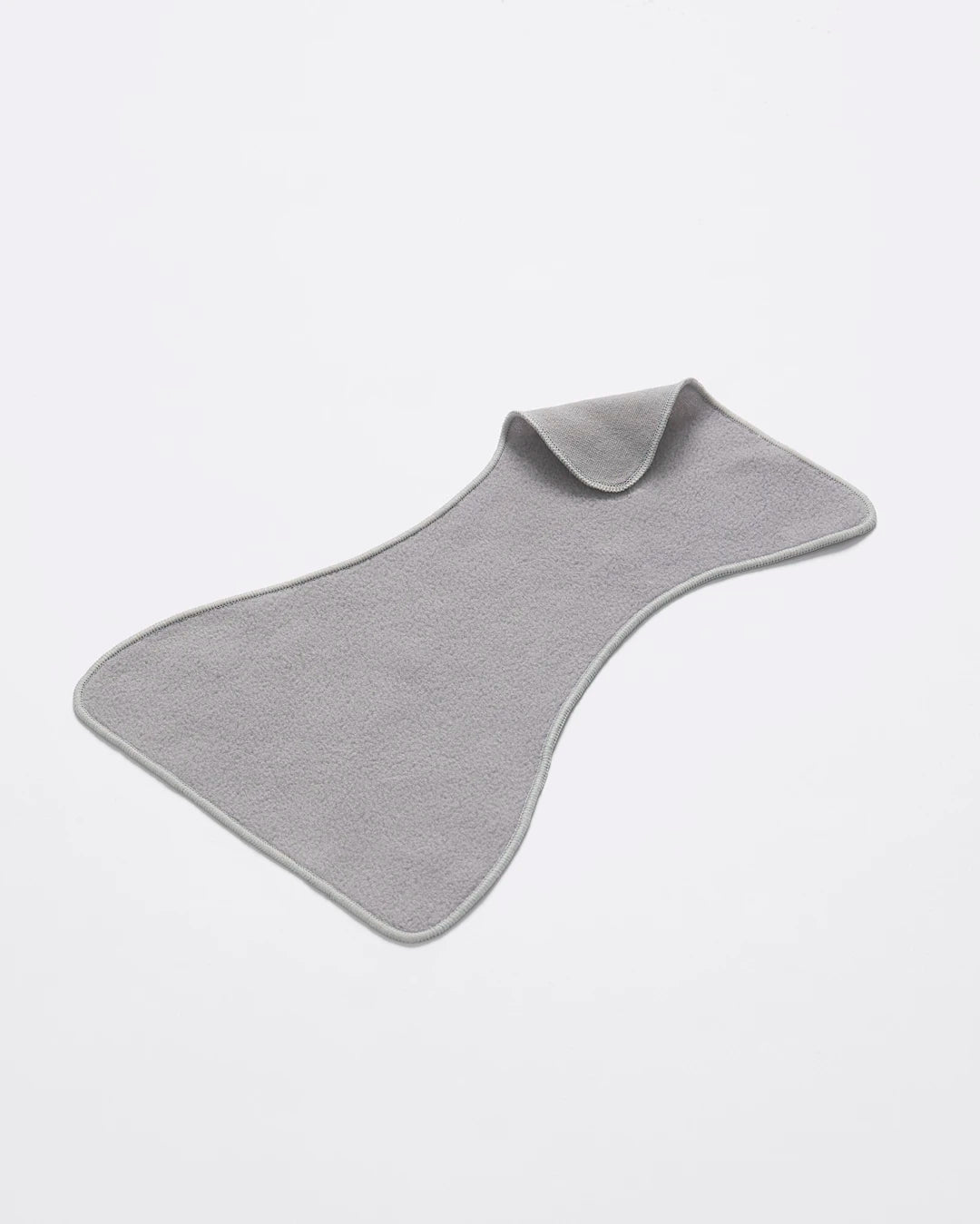What is latent labour? | Glossary of Pregnancy & Baby Term
Share Options
- Bambino Mio
- 09 / 08 / 2023
Inside this Article:
What is latent labour?
Labour is divided up into three stages:
- The first stage, during which the cervix dilates (1) (opens) to 10cm; this stage comprises latent and active labour
- The second stage, during which your baby moves down through your vagina and fully dilated (10cm) cervix to be born
- The third stage, during which you deliver your placenta
Latent labour (2) is the first phase of the first stage of labour. It varies widely between women, with some having definite pains and others not noticing anything.
Latent labour isn’t always continuous, unlike active labour, with contractions (3) often stopping and starting. This stage of labour can last for a few hours or even a few days, with first babies tending to involve a longer latent phase.
Should I head to the hospital if I’m in latent labour?
As latent labour can last for a long time, you’re best advised to stay at home and make yourself as comfortable as possible. Make sure you eat and drink and let your birth partner know that things might be happening.
What actually happens in the latent phase of labour?
Before active labour starts, your uterine muscles start to contract in an often irregular pattern. These contractions, alongside the Braxton Hicks contractions you’ve probably had, help to soften your cervix and get your body ready for active, or established, labour.
Is latent labour painful?
It can be. These latent phase contractions often last for 30 seconds or so and can continue for several hours. Most women feel uncomfortable rather than in pain, however and the fact latent labour can stop and start means you’ll probably be able to rest for some of the time.
How long does latent labour last?
Latent labour can vary in length from six to 10 hours to two or three days. For some women, the latent phase may be very short and “run into” active labour and no one knows why there’s such a variation between women.
How do I cope with early labour?
There are lots of ways to cope with latent labour, including:
- Staying relaxed and sleeping whenever possible
- Practice your breathing exercises through contractions so you feel confident that they help
- Take a bath or shower as warm water is very soothing
- Eat and drink at regular intervals so you’re nourished and hydrated for the active labour stage
- If you have a birthing ball, sit on it and rock your pelvis, or use it to help you to relax
Moving into active or established labour
Once your cervix is dilated to around 4cm (4), you’re deemed to be in active labour. Your contractions will probably feel more intense and more frequent and you may feel more inwardly focused. If you’re planning a hospital birth, you should make your way in when contractions are coming every five minutes and last for a minute each (5).
Citations and References
- National Institutes of Health (NIH). National Library of Medicine. ‘Physiology, Cervical Dilation.’ 2023. Web. www.ncbi.nlm.nih.gov/books/NBK557582
- National Institutes of Health (NIH). National Library of Medicine. PubMed. ‘The Latent Phase of Labor.’ 2023. Web. pubmed.ncbi.nlm.nih.gov/36973092
- National Health Service (NHS). ‘Labour. Contractions.’ 2023. Web. www.nhsinform.scot/ready-steady-baby/labour-and-birth/labour/contractions
- National Health Service (NHS). ‘The Stages of Labour and Birth.’ 2023. Web. www.nhs.uk/pregnancy/labour-and-birth/what-happens/the-stages-of-labour-and-birth
- National Health Service (NHS). ‘The Stages of Labour and Birth.’ 2023. Web. www.nhs.uk/pregnancy/labour-and-birth/what-happens/the-stages-of-labour-and-birth




























